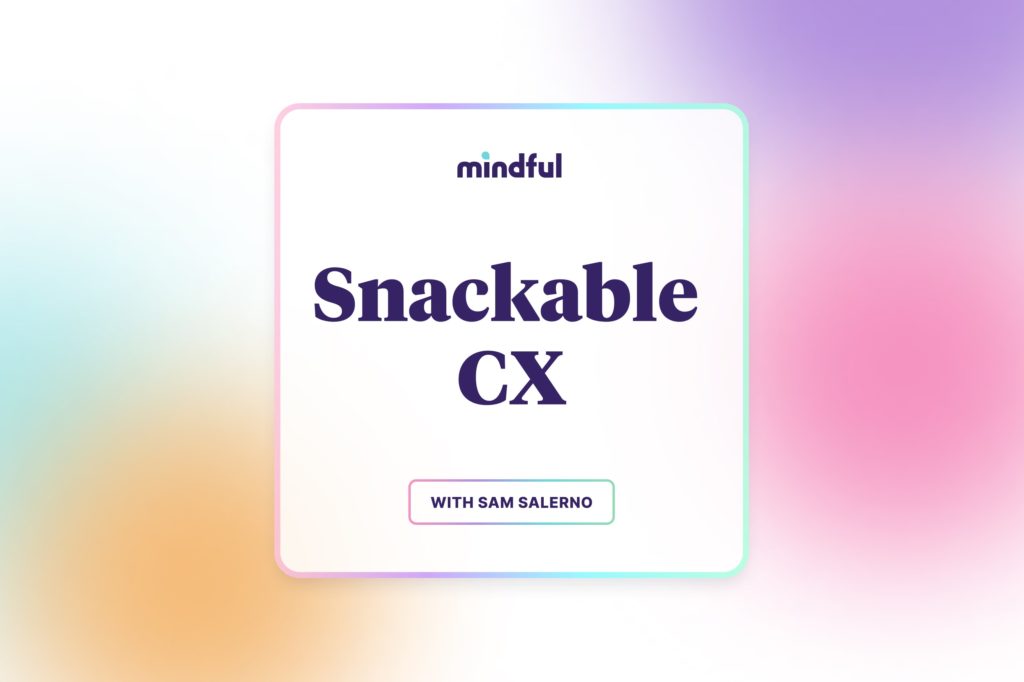Episode details
You know that listening to and understanding your customers is a make or break for your business.
So when a Harvard Business Review survey found that 72% of CEOs say they understand their customers, but only 35% of customers agreed, it highlights a HUGE perception gap in the customer experience. One that sets brands up for dangerous dips in sales and retention.
Getting VoC right could be the key to a performing contact center. And who doesn’t like a good key?
This episode is based on our article, “Voice of Customer: What It Is (And Where Many Go Wrong)”
Sam also mentions other resources we have about improving your VoC programs.
Here are a few:
- Real-life Voice of Customer Examples
- 6 Steps to Measure Customer Satisfaction
- Using Customer Satisfaction Score to Empower Agents
Still hungry?
Subscribe on Apple Podcasts or Spotify to get fresh episodes each week.




